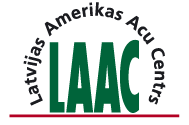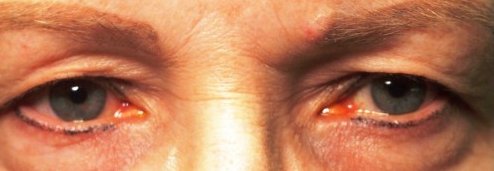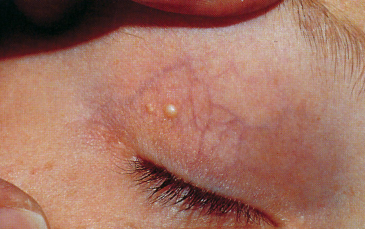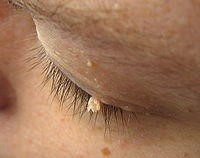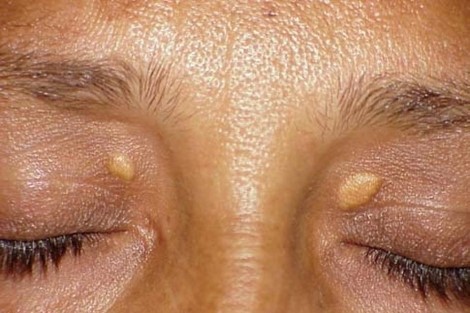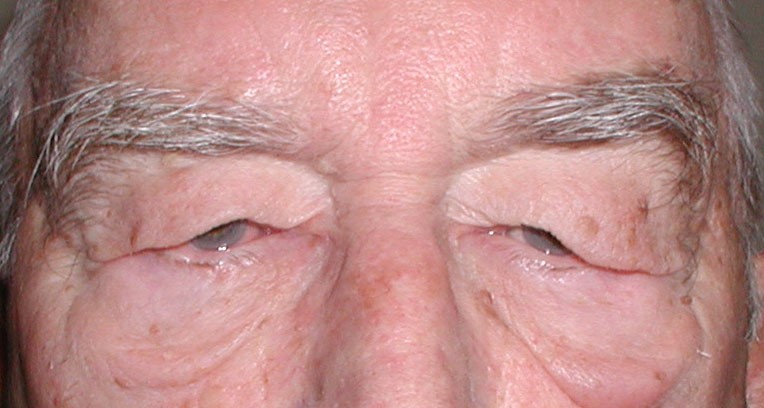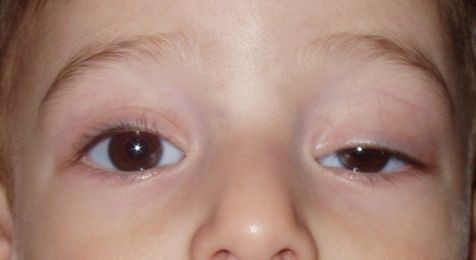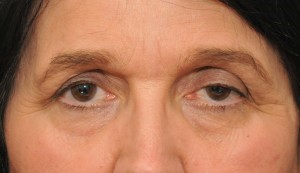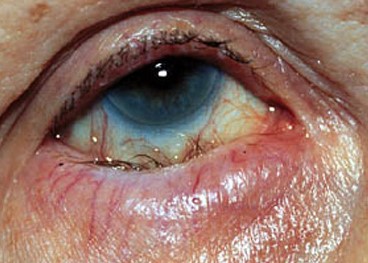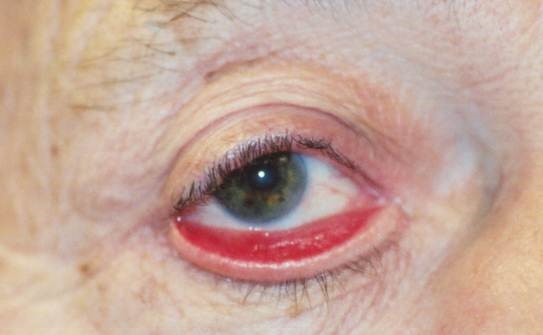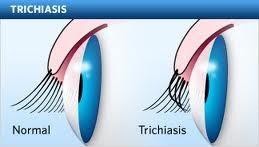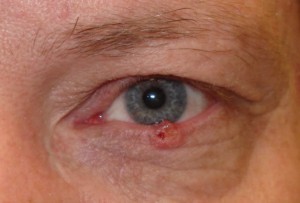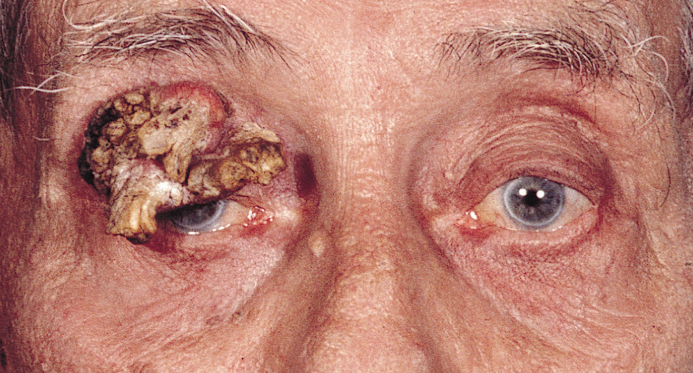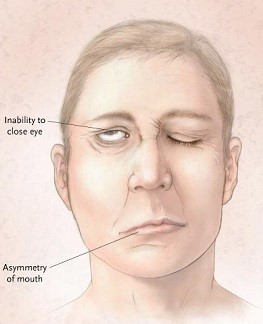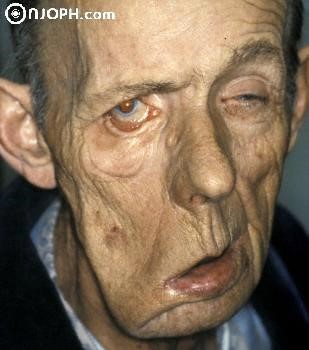Oculoplastics or eye plastic surgery
Oculoplastics or eye plastic surgery
Oculoplastics is a sub-sector of ophthalmology that includes various types of plastic surgery in the eye area for both cosmetic and medical reasons. Oculoplastic surgery is done by an eye doctor – a surgeon who is specialized in eye surgery.
The problem group of cosmetic nature include all changes in the eyelids that do not affect human health in general, the health of the eye as an organ, and visual functions. This category includes excess eyelid skinfold that has developed over the years, resulting in a more tired look, also „bags” over and under the eyes.
Small eyelid skin formations, most commonly papillomas that do not touch the eyeball and small cysts without inflammation.
Also, small yellowish formations in the skin of eyelids, which are usually deposits of cholesterol or other lipids are disorders of cosmetic nature.
Changes of a medical nature are those that cause a real visual impairment. For example highly excessive skinfold of the elderly people that causes impairment of visual field.
Real drooping or falling of eyelid - ptosis, which covers the pupil partially or even completely. This pathology can be both congenital and developed lifelong as a symptom of other general disease or aging of eyelid levator muscle.
Changes in the condition of the eyelid, when the eyelid begins to fold inwards to the eyeball (entropion) and the eyelashes are constantly rubbing the eye causing inflammation and irritation that cannot be treated by anti-inflammatory drops. Or, right on the contrary, when the eyelid begins to turn outwards (ectropion), resulting in constant tearing and inflammation of eyes, as the mucous membrane of the eye is not protected against the environmental influence.
Wrong growth of eyelash or trichiasis, which, like the eyelid turning, causes constant eye irritation. Abnormally growing eyelashes can be removed regularly in the doctor’s office or corrected this problem surgically by finding the appropriate surgery method for each case.
Unfortunately, in the area of the eyelids various tumours also occur. Also dangerous to human life. Therefore, sometimes, for a small formation in patients’ opinion, a serious surgery with extensive reconstruction is required.
Oculoplastic surgery is also required for patients after the facial palsy. In this case, the surgery is required to preserve the eye, as the eye is unable to close, and for cosmetic purposes.
Eye removal surgery with the insertion of implants in the cavity of removed eye is usually performed by the oculoplastic surgeon.
Various pathologies of tear ducts and diseases of eye socket are also within the competence of oculoplactic surgeon specializing in this type of surgery.
How the plastic surgery of eyelids is done?
Usually this surgery is outpatient. This means that the patient comes to surgery and goes home immediately afterwards or after a few hours. Depending of the type of surgery, eye may be covered with a bandage, usually until the morning of the next day. Patient also sometimes receives sedative medications before the surgery. Therefore, the patient should not go home immediately after surgery by his/her car and, especially if the vision of the other eye is poor, than the patient should arrange with someone who can accompany him/her to home.
Usually these surgeries are done by the use of local anaesthesia. This means that in the area under surgery the analgesic drug is injected just under the skin, just like at the dentist. The injection itself is a bit painful, but for a very short moment. Therefore, unless the local anaesthesia works in patient at all, the surgery is painless. Of course, as before any procedure, the person should inform the doctor of any allergies to medications and it is best to write the name of the medication on the sheet of paper already at home before the surgery. The doctor also should know about medications you are taken on a daily basis. Blood pressure lowering drugs, for example, must be taken also on the day of surgery, but we ask to withdraw blood thinners already 1 week before and a few days after the surgery, as long as it is not dangerous to the patient’s health. If blood-thinning medications cannot be withdrawn or the patient has other blood coagulation related problems, then the usefulness of the surgery must be highly assessed, as the severe complications may be caused by the non-coagulating blood in the severe cases. Prior to surgery with local anaesthesia, no specific analysis is usually required, except in special cases, like before tooth extraction. For older people and people with heart disease, it is recommended to have a cardiogram to exclude exacerbation of heart disease during this period.
There are certain situations when the surgery is to be done in general anaesthesia. Then a wide range of analysis is required and a mandatory cardiogram and a lung x-ray, as well as family doctor’s opinion about the overall state of health of the person on the current moment.
Duration of the surgery, depending of the type of surgery, may range from a few minutes to 2 hours.
Almost always this type of surgery is done by the use of a scalpel and not with a laser.
Post-surgical period
Frequently, the question is asked whether there will be pain after the surgery. Usually there is no pain. There may be feeling of smarting or nagging. If the patient is more sensitive to pain, a painkiller may be taken in the first post-surgery day.
Eyelid tissue has a lot of blood vessels, so postoperative period is usually by oedema and hematoma. To minimize these phenomena, cold application, minimum physical activity and a control of blood pressure are recommended during this period. In fact, it is required to avoid any cause of vasodilation and occurrence of new bruising during recovery. And, as a rule, the wound must be clean to prevent infection. If there will be bruising, then it persists 2 weeks from its appearance.
Depending on the type and location of the surgery, absorbable or non-absorbable sutures are applied. Non-absorbable sutures should be normally removed 5 to 14 days after surgery. Suture removal is completely painless procedure. Absorbable sutures will disappear within 14-30 days; nevertheless they may cause irritation in the scarring area, so they are placed in the areas that will not cause cosmetic disturbances or in the places with very small incisions and, as a rule, in deep tissues where they cannot be longer removed.
The duration of post-surgical scars is very individual. They may be visible from couple of weeks up to 6 months. While the scar is in the healing stage, it should be prevented from sunburn; otherwise the pigmentation may be very evident and persistent. If keloid scars are typical, the need for a cosmetic surgery should be considered.
